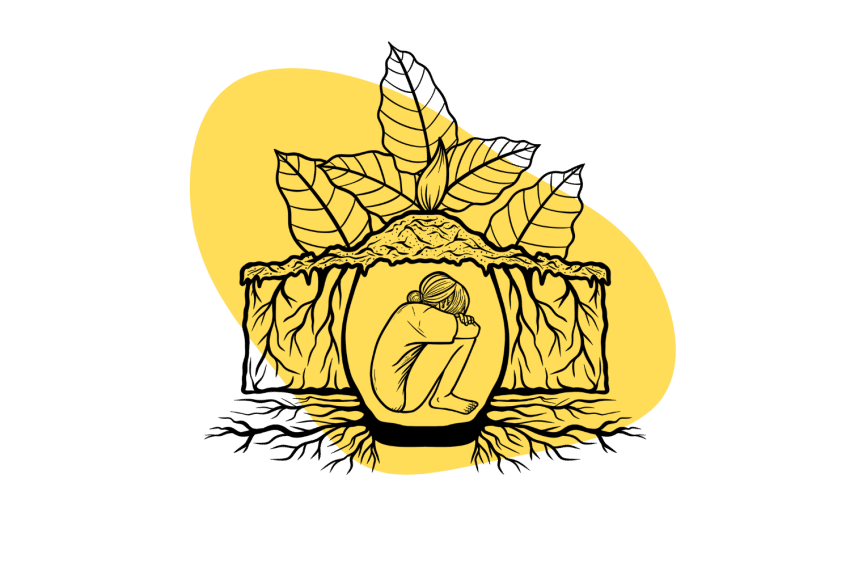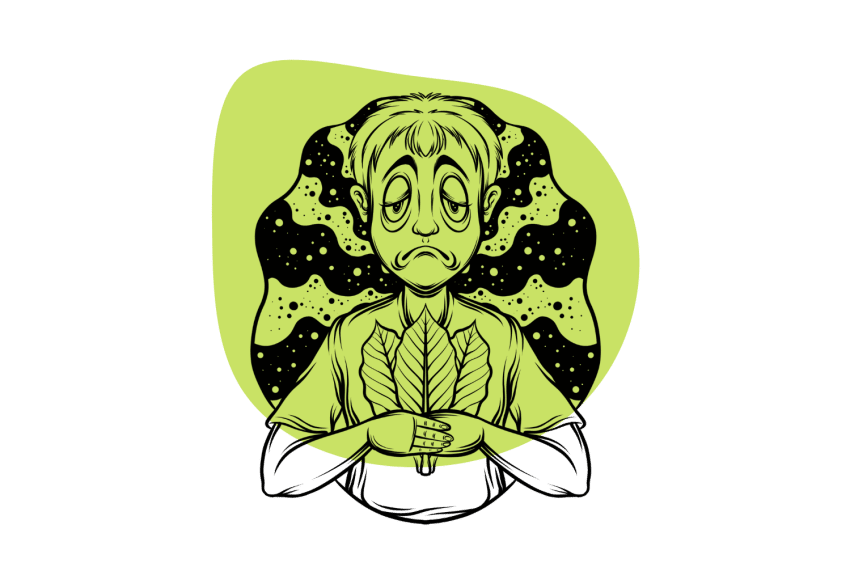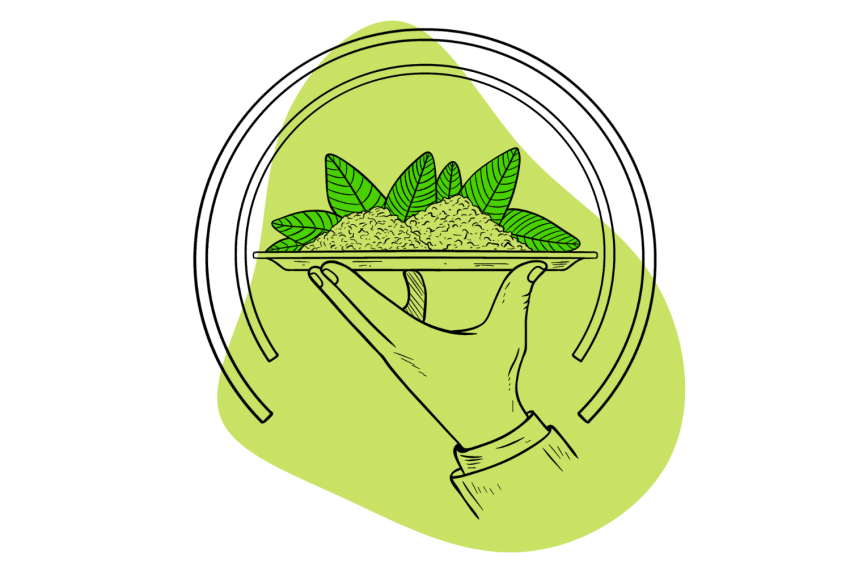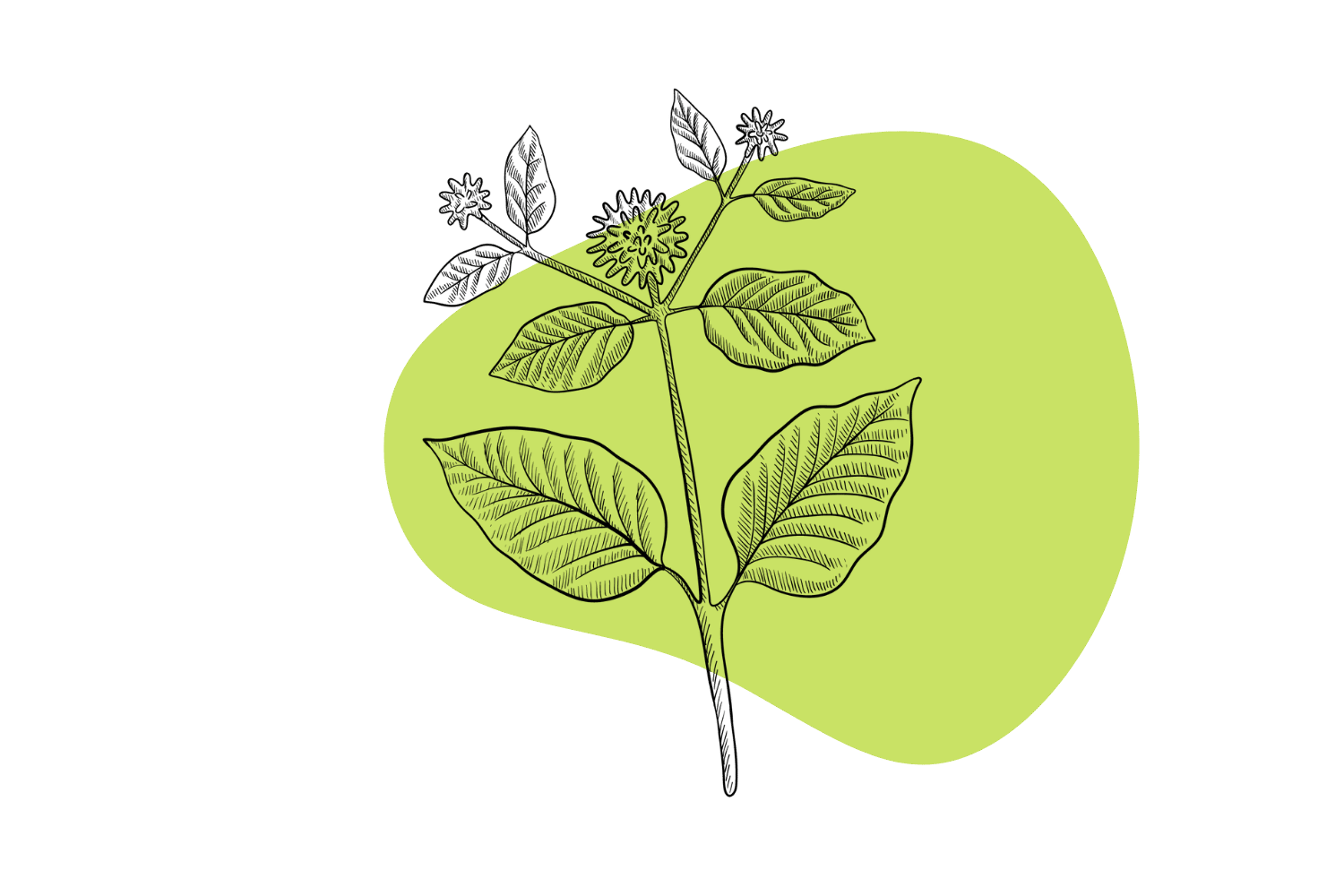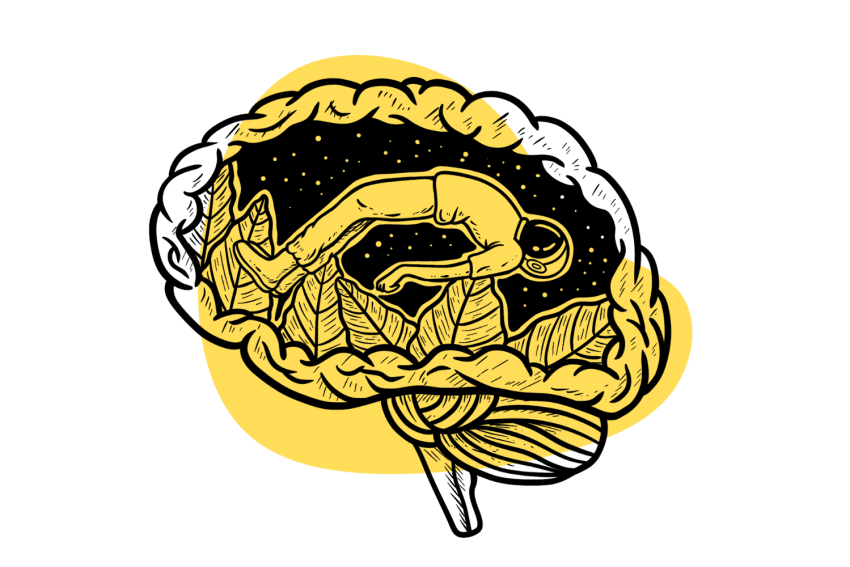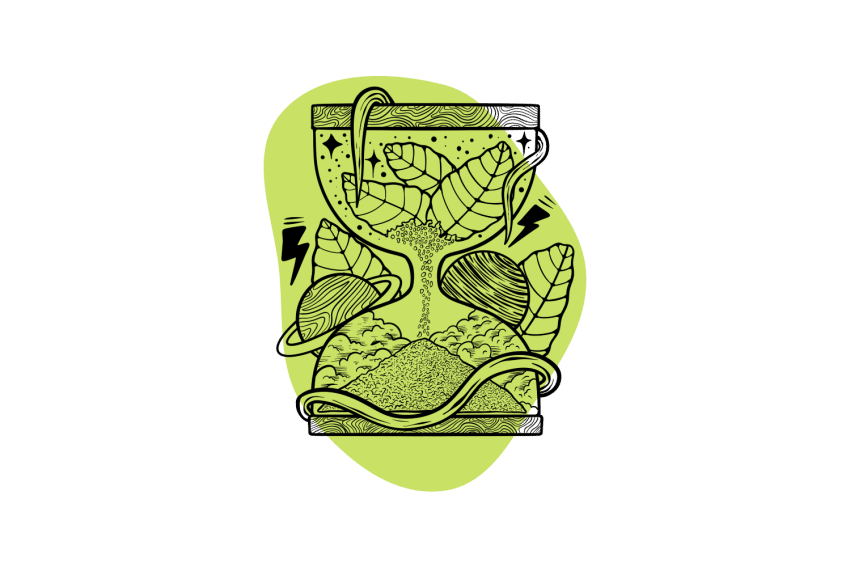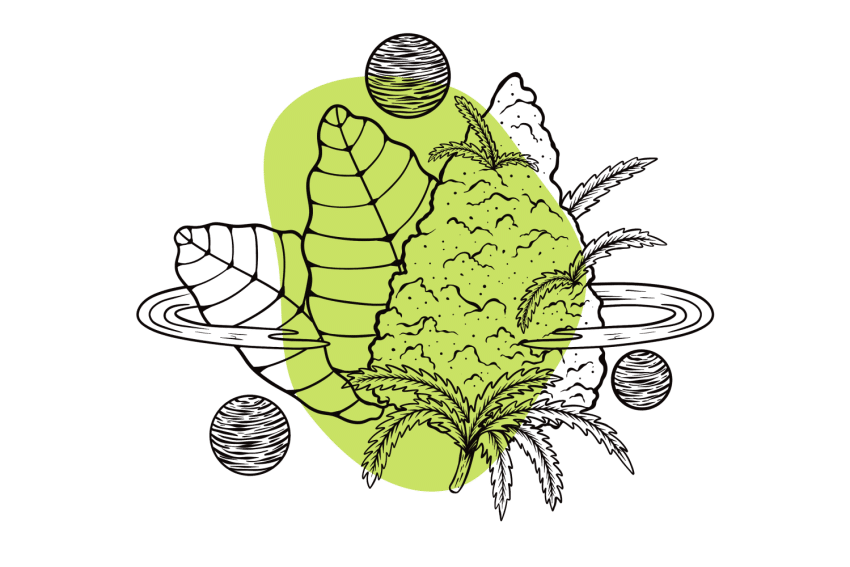Kratom Deaths: Debunking Common Myths & Misconceptions
If you have read any negative stories about kratom in the last few years, you’ve likely heard about the statistic of 91 people “dying from kratom” in 2019 — but what was actually behind this?
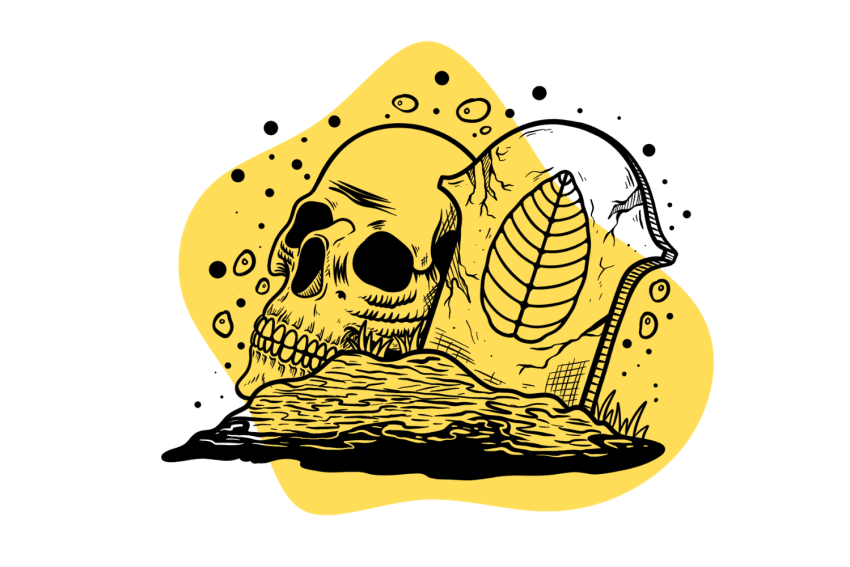
A CDC report from 2019 is often the center of negative attention around kratom and movements toward prohibition. Since its release, news articles have included these stats and raised alarms at the claim of 91 deaths being “the result of” kratom.
Even the New York Times reported on this, noting “the numbers pale compared to the death toll from opioids: almost 48,000 in 2017,” the same year as the data for this report. Is this even a fair representation of the truth, however?
Let’s break down what the report says and whether kratom should bear the burden of these deaths.
Did 91 People Die from Kratom?
No, despite sensationalized reporting, it’s reckless to attribute these deaths to kratom — let’s get that out of the way now. Within their report, the researchers of the notice state just 7 decedents (people who are now deceased) tested positive for kratom alone.
A drug doesn’t have to be the reason for the event to have involvement with it, however. Kratom may have increased the effects of the other drugs, ultimately still playing a role in the death.
Within the kratom-involved deaths, several had other drugs listed as the actual cause (many likely listed multiple):
- 56% listed fentanyl or similar analogs
- 32.9% stated it was heroin
- 22.4% were the result of benzodiazepines
- 19.7% involved prescription opioids
- And 18.4% listed cocaine as the cause of death
As for the other 7, they state, “the presence of additional substances cannot be ruled out” before pointing to another study from Colorado on kratom deaths.
In the Colorado study, researchers examined the three available blood samples of decedents for whom kratom was the only drug detected and found them to contain:
- Benzodiazepines, anticonvulsant medications, stimulants, and “multiple medications affecting the central nervous system.”
- Selegiline (a mood stabilizer), geranium extract (a stimulant), and the antidepressant medication tianeptine.
- Recent use of inhalant drugs (e.g., paint, glue, etc.) and a synthetic alkaloid acting as an analog of mescaline, a potent psychedelic with some amphetamine-like qualities [1].
All three of these are alarming, and the only other person who supposedly died from kratom use alone didn’t have any residual blood for them to study. This illustrates how poor our toxicology screening process can be, missing out on major drug interactions in the initial investigation.
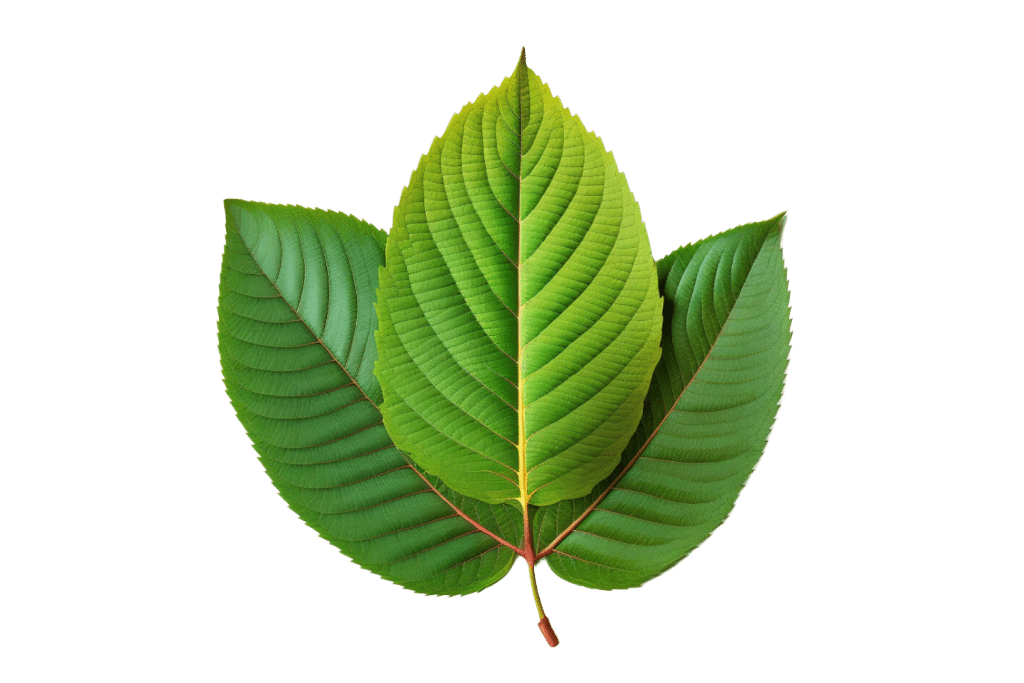
How Overdose Deaths Are Determined
Part of these studies’ problem is how overdose deaths are reported, listing all notable drugs in the system. While 91 kratom-involved deaths sound scary, much of the darkness disappears when you note the more dangerous drug interactions involved.
Overdose death statistics are notoriously opaque and often shield much of what is happening to fuel the narrative of drug prohibition. For instance, coroners rarely consider or report on the potential for contamination of drug supply being the cause of overdose.
Instead of stating a person bought counterfeit pills laced with something else, it may list (for example) benzodiazepines and fentanyl co-use. In actuality, the person died because of the fentanyl contamination in their drug supply, not because they intentionally used two dangerous drugs together.
Take the 18.4% of kratom-involved deaths involving cocaine in 2017 as an example of this. According to the CDC, cocaine overdose deaths decreased for the first time in 2007 and stayed below peak levels until 2016 [2] — around the time the report on kratom was looking at.
The “main driver” of this increase, according to the report, is using cocaine “in combination with synthetic opioids.” If it weren’t for the increase of fentanyl hitting the scene as a contaminant and/or cutting agent, there’s no way to know if this number would have stayed the same or gotten lower.
Of course, we can’t ask the deceased about their intentions, so many consider it to be impossible to know for sure if this is the case. While this may be true, the default reading has become co-use instead of contamination, despite this largely not being the case.
Kratom Interaction Risks
Since kratom primarily interacts with opioid receptors, the most dangerous interactions come from co-use with other opiates. Overdosing on opiates can cause respiratory and cardiac depression, and while kratom likely doesn’t lead to this on its own, it can potentiate other drugs capable of doing so.
Its interaction with dopamine and serotonin receptors also makes it a dangerous choice to take, along with antidepressants, antipsychotics, and other influencers of these neurotransmitters. Additionally, since we have yet to fully understand kratom’s pharmacology and complex mixture of alkaloids, it may interact with several other medications in ways we haven’t discovered yet.
Anytime you’re taking a drug capable of significantly changing your state of consciousness, it’s best to avoid kratom altogether. Kratom may be relatively safe alongside other supplements like caffeine but could be deadly with cocaine or methamphetamine, for example.
It’s best to discuss the potential of using kratom with your doctor or psychiatrist before you start taking it. Just because a plant is natural doesn’t mean there won’t be any potential harm.
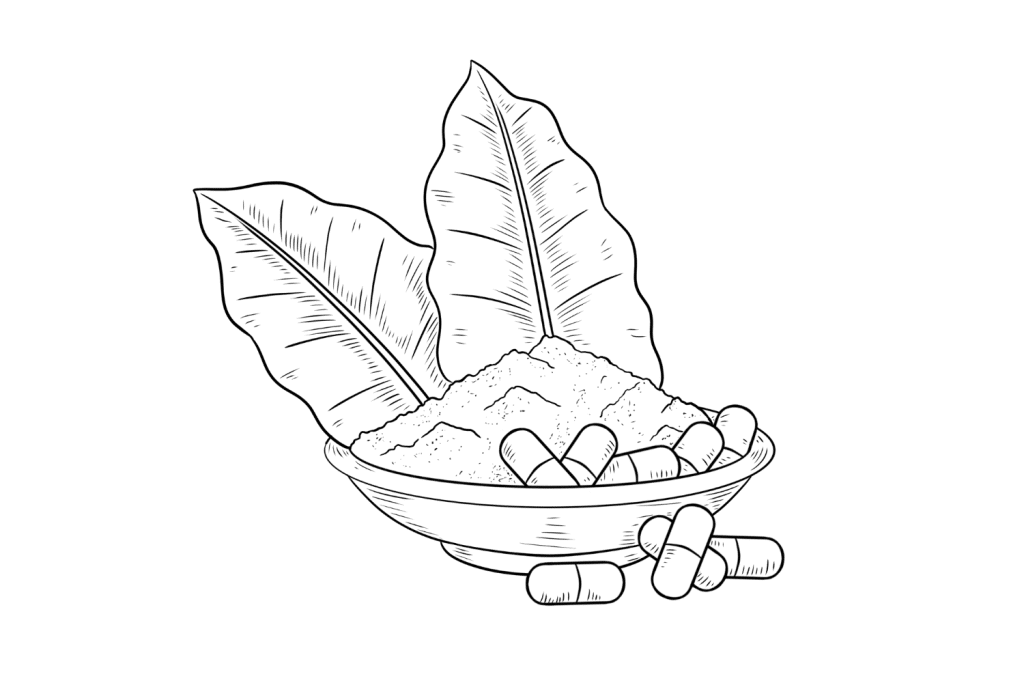
The Dangers of Kratom
Kratom may not be likely to lead to death, but it can cause some unpleasant side effects and potentiate other, more dangerous substances. Adding in the potential for kratom to build tolerance and dependence within users, problematic use is possible even with the plant alone.
In one case study, a patient with a history of opioid dependence had been treating their addiction with other opiate treatment medications — namely buprenorphine. This is a mixture of a light opiate (suboxone) with naloxone, an opiate receptor antagonist, preventing feelings of euphoria and sedation.
After discovering kratom, the patient slowly increased their use to a problematic level, combining it with strong antipsychotic and antidepressant medication. After isolating themselves for a period and experiencing high levels of depression, they sought help and managed to quit kratom and return to their buprenorphine treatment [3].
This illustrates several problems:
- Current opiate treatments don’t allow for the euphoric feelings people seek out, making it less appealing for people wanting safer alternatives.
- The study focuses greatly on her kratom use, glossing over the dangerous drug combinations.
- Tucked into the discussion is the patient’s claim that kratom was as effective as suboxone for managing her cravings.
Once addicted, quitting kratom can cause withdrawal symptoms that can also be unpleasant, making it harder to quit. For most, this seems to resolve within 1–3 days, but this may take much longer, depending on the length and size of the repeated dosage.
In this case study, it took 8 days for all symptoms — insomnia, diarrhea, cravings, and others — to subside. However, despite quitting cold turkey after repeatedly using large amounts of kratom, the patient’s heart rate, breathing rate, and other vital functions remained normal without drug intervention.
Is Kratom Deadly?
Kratom can be deadly, and it’s important not to overlook this fact. However, for the most part, its danger comes from interacting with other drugs or medications and not from the kratom itself.
To date, we are not aware of a single overdose death from kratom alone involving reliable toxicology screening. In fact, such toxicology screening is not likely available considering the large number of substances out there kratom could interact with.
Kratom co-use with other substances is a dangerous task and not one you should take lightly.
For people trying to ween off opiates, however, a part of doing so usually involves replacing some opiate use with kratom and gradually working your way up. When doing so, however, always make sure to start with as low of a dose as you can since kratom can potentiate other opiates in the system.
With other uses of kratom, it’s best to steer clear of all other drugs, if possible, and discuss potential interactions with your healthcare provider. Since kratom interacts with so many functions within the body and we are still understanding how it does so, saying which medicines are safe would be difficult.
However, some interactions we know are deadly when combined with kratom include anything interacting with the central nervous system (CNS). This includes (but is not limited to):
- Alcohol
- Opiates
- Amphetamines/Stimulants
- Antidepressant or anti-anxiety medication
- Barbituates
- Benzodiazepines
This is far from a conclusive list, but these are among the most dangerous drugs to use alongside kratom. Through safe use, appropriate dosing, and taking frequent breaks, you can ensure your kratom experience is pleasant and not doing more harm than good.

Kratom Harms Compared to Other Substances
Comparatively speaking, kratom is a relatively harmless substance. While there are dangers and risks associated with its use, they are far less serious than other opiate medications and substances.
In the case study above, the researchers claim that “kratom’s harm must be established before considering its adoption for harm reduction.” This ignores countless anecdotal reports of efficacy in managing withdrawal symptoms and weening off harsher drugs and centuries of safe use.
Kratom has the potential for harm, but it’s far less likely than other substances, and it’s a mistake not to support this. Regardless of how you feel about kratom and its capability to get people “high,” whether it’s worse than heroin or fentanyl is not really up for debate.
Additionally, many have speculated it may be safer than other pharmaceutical options. One potential use of kratom researchers have considered is antipsychotic and antidepressant treatment [4].
These are incredibly important pharmaceutical approaches to major problems in life, and kratom may have benefits over established approaches. Until we treat it seriously as a substance and fully understand its pharmacology, we’ll be stuck with less than kratom can provide.
Opiate medications mostly flow from the natural substance of morphine, which the opium poppy excretes. Who knows what line of medications can come from the starting point of mitragynine or any of the other kratom alkaloids?
Why Overstate the Harm?
For the simple fact of influencing opioid receptors, kratom often receives the same vitriol from the media as fentanyl and heroin. Leaving aside the number of overdoses, which are likely a direct result of prohibition and contamination, this does a drastic disservice to the plant.
As more people continue to die from overdoses, everyone wants to take a stance to make them appear tough on drugs. Even though prohibition has been an abject failure — there are more drugs on the street, and they’re more harmful than ever — it’s still the emotional response we typically reach for.
As the harm reduction magazine Filter reported, “nearly 30 US states have introduced or adopted kratom legislation.” This ranges from outright prohibiting the plant to enacting regulatory measures — sometimes, as was the case in West Virginia, regulatory measures effectively restrict profitability and make it hard to operate.
The media’s misrepresentation of the report — and, to an extent, the CDC’s as well — fuels the emotional response of their viewers and makes them seem tough on crime. Actually, they’re being tough on a plant.
The Implications of Suppressing Kratom
While everyone feels like they are helping by “keeping another opiate off the streets,” removing kratom from the equation leaves only more dangerous options behind. For some who choose to seek out the less harmful plant in restrictive areas, even kratom may become more dangerous.
When regulations get too restrictive, more people begin operating outside of them. Don’t mistake this as a call to remove regulations — the kratom industry desperately needs better control.
However, regulations often enact harsh fees and taxes along with the requirement to pursue expensive testing on products. Regardless of whether the government approves of kratom as a treatment for any of the conditions people use it for, they’re still going to be using it.
For some uses — like withdrawal symptoms or tapering off opiates — the removal of kratom from the equation can have devastating problems. It was for this very reason the DEA failed to ban kratom when it tried to do so in 2016.
New rules proposed by the DEA have to go through a public comment period, and they’re required to respond to those comments. In this case, they were overwhelmingly in opposition and left the DEA no choice but to withdraw the proposal.
Likely being the first time this happened, it’s inspired two other occasions since: once when the DEA tried to ban five obscure psychedelic chemicals and again when they tried to restrict telemedicine.
Both successes are temporary but illustrate the power people have over their substances of choice. Those of us who have experience and understanding of these drugs should be in charge of the legislation, not some agency trying to appear “tough on crime.”
Also, not, for that matter, the sensationalized reporting in the media.
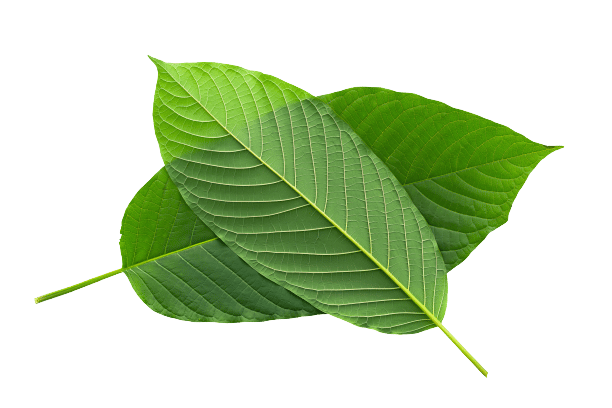
Kratom Without Stigma
Placing stigma on a tool people use to reduce harm is not an effective way to help with the crisis of overdose deaths we’re experiencing. The DEA likely thought they’d slip scheduling kratom through like they normally would for any other drug, but instead, they pushed people too far.
As an unregulated product, kratom has plenty of concerns for the DEA, FDA, and any other agency with an interest. Currently, the onus of finding a reputable kratom product is on the user, and there are plenty of bad options out there.
This is not the same for alcohol, tobacco, or caffeine, which follow strict regulatory measures to ensure they don’t misrepresent the contents of the package.
What if, instead of trying to cut back on a substance simply because of the receptor it interacts with, we looked at the benefits of its action? Perhaps even see if it may help us improve on what we’ve already done?
Science is already starting to uncover the potential for kratom alkaloids to assist in treatment or potentially even replace other methods.
Through introductory studies, researchers have pondered whether kratom might be a better option as an opiate, antidepressant, antipsychotic, or anxiolytic medication at least. Until we step out of the emotional mindset of denouncing all opiates, we cannot fully explore this potential.
Summary: Does Kratom Kill?
Not that we have seen so far (including hundreds of years of indigenous use), but this doesn’t mean the potential isn’t there. Mixing kratom with other medications can be extremely dangerous and turn deadly, but on its own, kratom is quite safe.
Even if it were deadly, however, it couldn’t kill anyone as this implies it has the intent to murder.
No drug, chemical, plant, or substance is inherently good or bad — we place the value on it and determine its use. Some ways of using drugs are deadly, but the drug itself doesn’t have a choice and cannot “kill” anyone.
Emotions often carry us to extreme places, and the tragic loss of life to overdosing on a substance leads many to decry the substance altogether.
However, several factors influence our current overdose crisis, and many of them come back to prohibition:
- Drugs are more dangerous now because people have to prepare them in unsanitary homes, often leading to contamination.
- Street drugs have become more potent than ever as smugglers determine the best value for the risk of bringing in packages. It’s a lot easier to bring in $10k worth of fentanyl than it is for even $5k for weed.
- Harsh laws make people afraid to call for help, fearing they’ll be charged with a crime even if they’re just trying to help their friend who’s in crisis.
- Healthcare providers cut people off from their medication if they believe they are addicted, leaving them to find more dangerous options.
- Many aren’t able to afford health care to begin with.
Kratom is a relatively safe substance compared to others; nevertheless, we have to move beyond the substance being the problem altogether. Simplifying complexities surrounding a plant with historical roots into a snappy headline may drive clicks, but it hinders the truth.
References
- Gershman, K., Timm, K., Frank, M., Lampi, L., Melamed, J., Gerona, R., & Monte, A. A. (2019). Deaths in Colorado Attributed to Kratom. New England Journal of Medicine, 380(1), 97–98. https://doi.org/10.1056/NEJMc1811055
- Drug Overdose Death Rates. (2023, June 30). National Institute on Drug Abuse. https://nida.nih.gov/research-topics/trends-statistics/overdose-death-rates
- Settle, A. G., & Yang, C. (n.d.). A Case of Severe Kratom Addiction Contributing to a Suicide Attempt. Cureus, 14(9), e29698. https://doi.org/10.7759/cureus.29698
- Johnson, L. E., Balyan, L., Magdalany, A., Saeed, F., Salinas, R., Wallace, S., Veltri, C. A., Swogger, M. T., Walsh, Z., & Grundmann, O. (2020). The Potential for Kratom as an Antidepressant and Antipsychotic. The Yale Journal of Biology and Medicine, 93(2), 283–289. https://www.ncbi.nlm.nih.gov/pmc/articles/PMC7309668/

